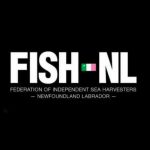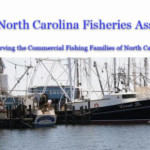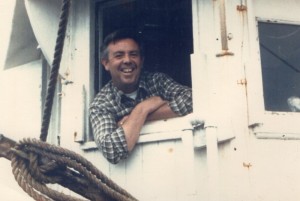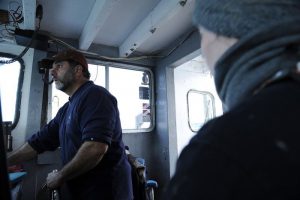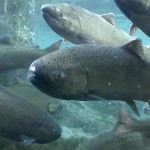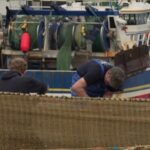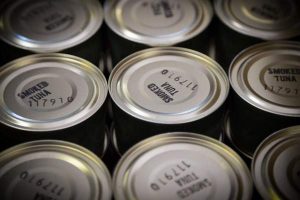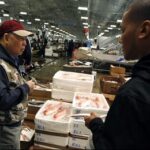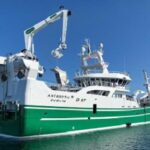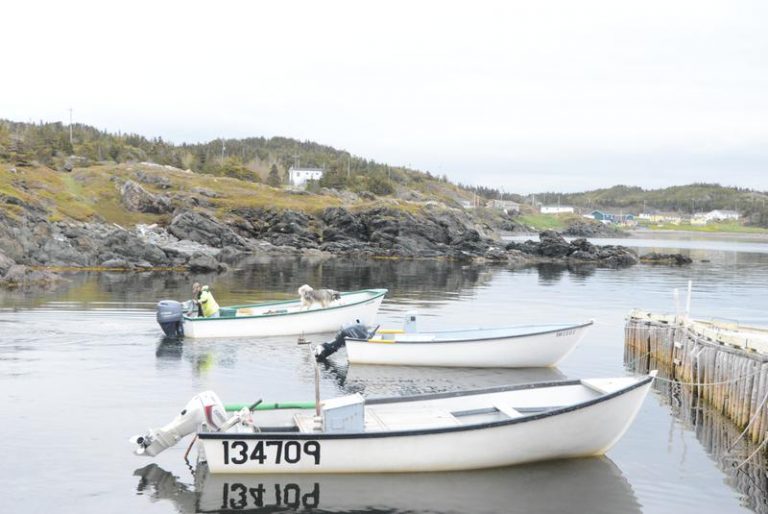Daily Archives: December 5, 2018
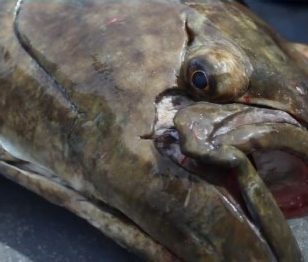
Survey again shows drop in halibut stocks in Gulf of Alaska
The 2018 stock status report presented to the International Pacific Halibut Commission at its interim meeting on Nov. 27 shows yet another drop in the biomass of Pacific halibut in the North Pacific — about 7 percent down from the 2017 fishery-independent setline survey. That doesn’t mean every single region dropped, as it’s an average, but Alaska’s three main areas of effort — 2C, the entirety of Region 3, and Region 4 excluding the western Aleutian Islands — all dropped. The most significant drop was in Area 2, which stretches from northern California to Southeast, falling 15 percent. Region 3, which stretches across the Gulf of Alaska out to the Alaska Peninsula, fell 7 percent. >click to read<20:19

California man convicted in violent offshore stabbing incident
When the U.S. Coast Guard Cutter Kingfisher pulled up to the commercial fishing vessel Billy B 46 miles out in the Gulf of Mexico on the night of Aug. 20, 2017, the crew found Captain Noah Gibson and deckhand A.J. Love floating in the dark water, clinging to a life raft and each bleeding from multiple stab wounds. What had started as a routine fishing trip out of Bon Secour ended in a nightmare for the men after Christopher Shane Dreiling stabbed them in a delusional attack and forced them bleeding into the Gulf waters. Last week, Dreiling was convicted in federal court on two counts of assault with intent to commit murder within the special maritime and territorial jurisdiction of the United States. >click to read<18:38
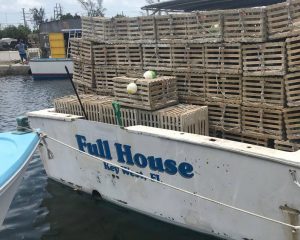
Where did all the lobsters and stone crabs go? How the fishing industry is bouncing back
The red tide algae bloom plaguing Southwest Florida hasn’t hit the Florida Keys. And Hurricane Irma happened more than a year ago. But they’re both affecting the island chain’s commercial fishing industry. That’s a crucial impact because the industry is the second-largest stand-alone economic generator in the Keys next to tourism. Fishing is estimated by the Florida Keys Commercial Fishing Association to bring in about $900 million a year to the Monroe County economy. That includes transactions such as fuel sales, dockage fees, and boat and engine repairs. >click to read<18:13
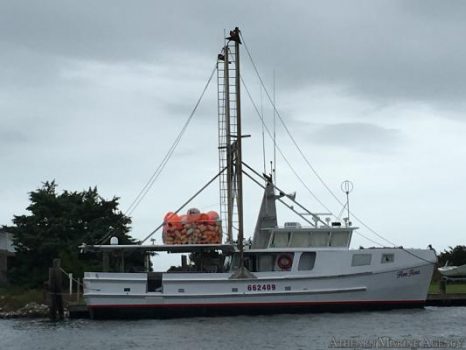
Athearn Marine Agency Boat of the Week: 65′ Fiberglass Longliner, Cummins 855TA, 40 KW Genset, Fed Permits available
Specifications, information and 35 photo’s >click here< Swordfish Directed, Shark Directed, Atlantic Tuna Longline available for an additional cost. To see all the boats in this series, >click here<12:06
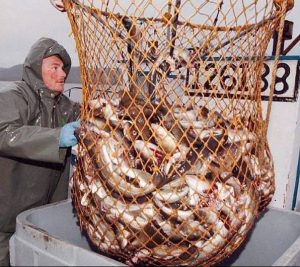
CETA and Atlantic Canada’s fishery: From international trade to the outport stage
As trade grows between Canada and the European Union (EU), the results of this international partnership are washing ashore in fishing outports across the province. The fishery, which was historically the economic foundation of Newfoundland and Labrador, is today an industry continuously beset by cuts, declines and uncertainties. But in recent years, words of hope and rebound are growing in the public discourse. With tariffs declining and opportunities arising, the Comprehensive Economic and Trade Agreement (CETA) between Canada and the EU has the potential to play a key role in the livelihoods of harvesters and processors. >click to read<11:12
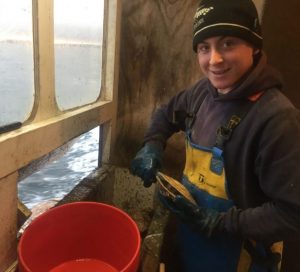
Maine: Scallop season opens to positive early reports
The Downeast scallop season got underway this weekend and early reports are that the fleet was active, the fishing good and the price satisfactory. Divers got the first crack at scallops in Blue Hill Bay as their season opened on Saturday. Draggers had to wait until Monday to get out on the water. According to Marine Patrol Sgt. Colin MacDonald, plenty of them did despite less than ideal conditions. Saturday was a good day for diving. Though the temperature was chilly, scallop buyer Joshua Buxton said divers selling to him at the South Blue Hill pier all reported that there was no wind on the bay and that the water wasn’t rough. Monday was a different story,,, >click to read<10:20
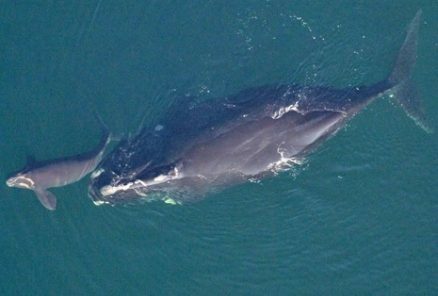
Feds planning 2019 protections for North Atlantic right whales
How the federal government will confirm, modify or adapt protective measures for North Atlantic right whales in 2019 remains to be seen, but officials are sharing the initial findings of 2018’s scientific surveys and studies. After a catastrophic loss of 12 right whales in Canadian waters in 2017, no right whales died here this year, but at a technical briefing Tuesday, officials from Fisheries and Oceans Canada (DFO) and Transport Canada didn’t say whether protections put in place this year were enough — or too much. ,,, Instead they shared key results of a recent peer review of new science by researchers, industry representatives, government officials — as well as scientists from the National Oceanic and Atmospheric Administration in the U.S. — who gathered in Montreal in an effort to reach evidence-based conclusions.>click to read<08:48


































